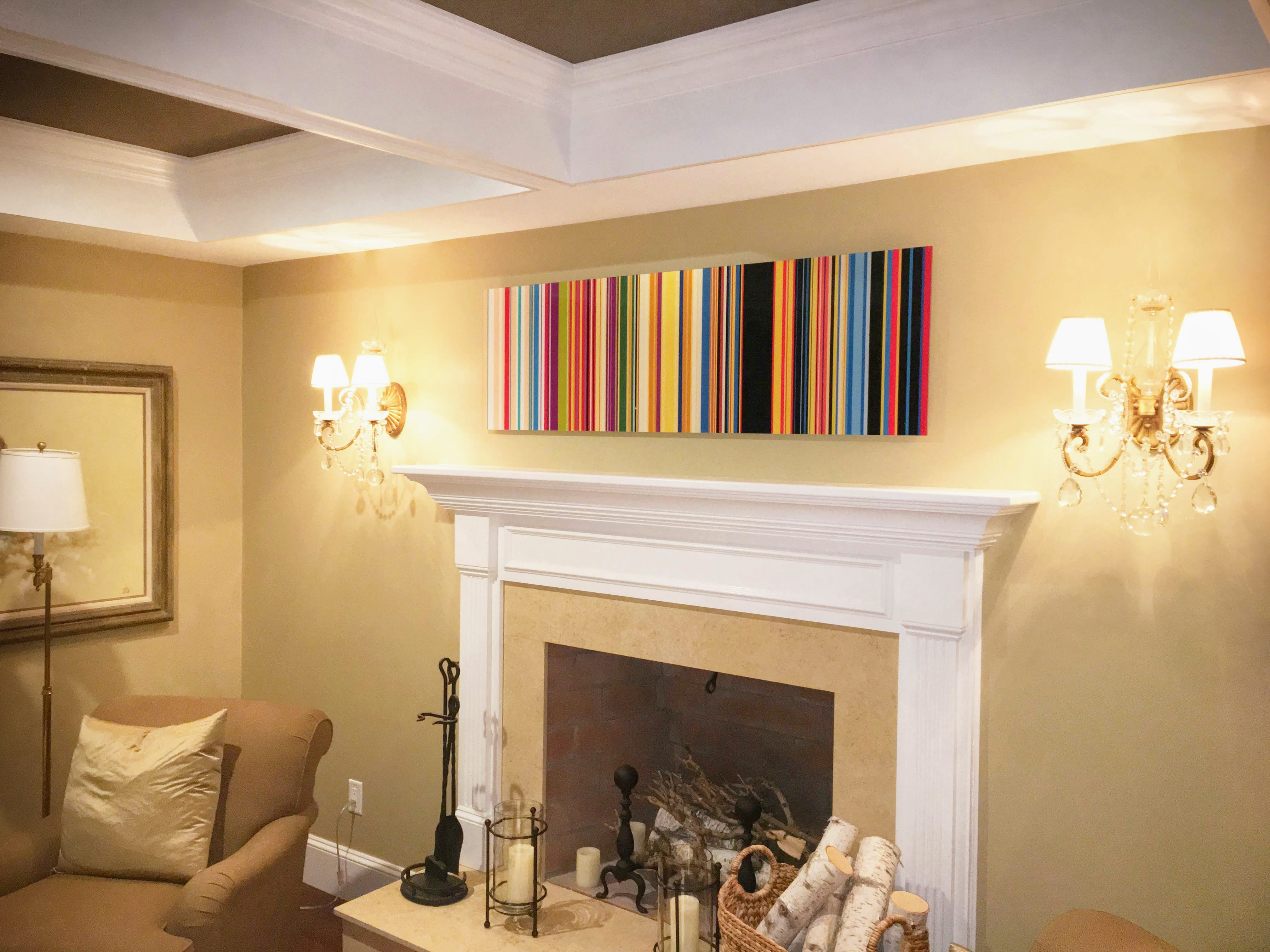The Differences Between Acrylic Facemounts & Glass Prints
We’ve heard your questions about printing photos on glass and acrylic prints. That’s why we’re here to show you the differences and benefits behind photos on glass and Artmill’s acrylic facemounted wall art. As we've covered in the past, acrylic is a material visually similar to glass, but it is also known as plexi-glass and tends to be shatter resistant in comparison to regular glass, that is heavier and prone to breaking in small, uneven pieces. Let's dig deeper into the key differences of the processes for which glass and acrylic are used.

What are the key differences between a print on glass and an acrylic facemount?
The biggest difference between a print on glass and an acrylic facemount is the execution and resulting quality. The resolution, clarity, and color of an acrylic facemount print is superior to printing on glass, which is why many galleries and museums use the fine art process of acrylic facemounting. The process of printing photos on glass involves an inkjet plotter laying ink on primed glass. White ink is laid behind the initial layer of ink for opacity. This is a non-archival, commercial process that tends to experience resolution, color accuracy, and consistency limitations when you print photos direct to glass.
Our acrylic facemount process begins with printing an image on archival photo paper. The materials alone produce a superior quality and color accuracy; the resolution, depth, and vibrancy of colors on photo paper are unmatched. The photo print is then facemounted to a quality acrylic using an opti-clear, pH neutral adhesive with UV inhibitors.

Is there a difference in quality between the two processes? Why?
Yes, acrylic facemounted prints usually possess a better image quality because the process of printing photos on glass is not nearly as precise. The print heads used to create glass prints are often larger and usually prints using a four to six-color process resulting in the machines not laying ink with nearly as much precision. Artmill prints and mounts a high-resolution photographic print to acrylic using a nine-color process, so you get that maximum resolution along with color accuracy.

How does printed glass age compared to an acrylic facemount?
Printing on glass has archival limitations. Since Artmill uses archival materials to create our acrylic facemounts, we’re confident that our process withstands the test of time. With acrylic there are several upgrade options that give your photo prints added protection. Acrylic has inherent UV protection with standard acrylic providing 70%+ UV protection. We also offer Tru-Life Acrylic, which is abrasion resistant, 99% UV protection, and anti-reflective. The materials used in printing on glass cannot compare.
Does it cost more to print to glass than to mount an image to acrylic?
While glass prints are more cost effective, the quality provided by an acrylic facemounted print is far and above in value.

In what situations should I choose acrylic facemounts over printed glass?
Acrylic facemounts are very popular mediums for photographers, art galleries, and fine art applications. Since an acrylic facemount has greater longevity, durability, and quality of materials, it is also ideal for creating wall art for the home or corporate art.
There is a limit to the size of glass prints you can create which limits its applications. Shipping large pieces of glass is not recommended due to size limitations based on overall weight and tendency to shatter. Acrylic is much lighter, weighing less than half that of glass. Since acrylic is lighter and several times stronger than glass, a finished piece can be completed in sizes as large as 5’ x 10’ while still being much safer to ship. With our process, the acrylic is backed with an aluminum composite called dibond and a full rigid wood or aluminum cleat back frame for simple, yet secure hanging.
